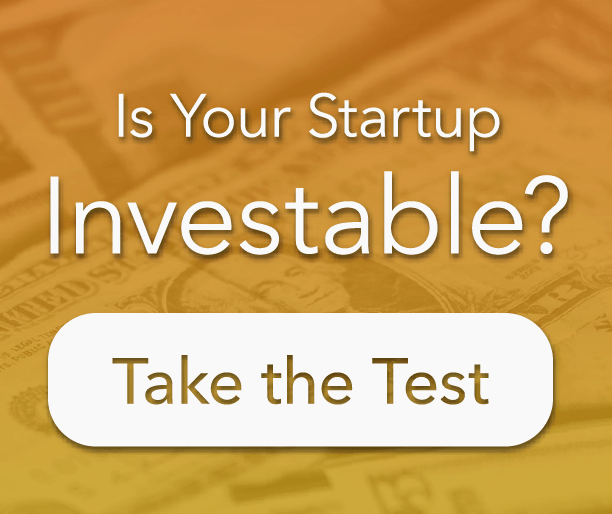
It is essential to understand your organization’s dreams for the future, prior to coming up with the pretty words you put on paper and hang in conference rooms. So, how does an organization create an effective vision statement?
Let’s start with a refresher.
Where are we headed? The answer to this question is your vision.
Vision – This is the destination, the point of reference you are always working toward, the ultimate picture of success. If all your plans and goals were fully accomplished, this is where you would be. Your vision is completely unchanging and should be written in ink.
What is the Difference between a Lifestyle Business and a Scalable Company?
A clearly established vision offers many benefits, including:
-
It is the full purpose of your organization.
In a 2012 article titled The Power of Purpose and Values, Forbes.com states that there is a “critical connection between a purpose-driven culture and business success.” The article goes on to say, “it energizes and engages employees, promotes creativity and innovation, and helps businesses achieve a sustainable competitive advantage.”
-
It allows you to focus on what really matters.
Any activity that is not moving toward fulfillment of the vision should likely be discarded.
-
It offers clarity for decisions.
The life or your organization will encounter many forks in the road. These include hiring and firing, opportunities and problems, expenses and contributions, locations and equipment, projects and meetings – the list is endless. You will make decisions every single day. Evaluated independently and of their own merit, each decision will have pros and cons. Your desire to make good decisions can steal away a great deal of time. I have one primary filter for my decisions, vision. Having a clear picture of where I want to go immediately gives me the answer to most decisions. I may still choose to do something that does not lead to my vision, but I force myself to acknowledge that, no matter how great the initiative is, I am taking a sidetrack. This is powerful!
The Value of Vision and Mission, Or Lack Thereof
Assuming you’re convinced that a clear vision is essential to your organization, you need to document it. This is easier said than done. As described by David Masters in an article titled How to Write Vision and Mission Statements, an effective vision statement is:
- Aspirational in that it’s about your goals. Once you achieve your vision, you’ll need to write a new vision statement.
- Inspirational in that it provides life and direction to your day-to-day work (the root of the word “inspiration” relates to breathing life into things).
- Motivational in that it provides a reason for the work you do.
Answering these questions will help organize an effective vision statement into documented thoughts:
- What problem does my organization seek to solve?
- Why do I believe this problem needs to be addressed?
- Does this problem matter to other people?
- Do I honestly believe we have the answer to that problem? (elaborate)
- Are there changes I believe my organization can make?
- What are the greatest strengths of my organization?
- What is my dream for this organization?
- How would things be different if my dream came true?
- Does my dream connect on a personal level with others?
Now, it’s time to write your first draft.
Use this simple template developed by small business expert, Susan Ward, to help with that:
- Five years from now, my organization name will _______________________________ by _______________________________.
As you revisit your drafted vision statement over the coming days, make sure you are honest with yourself. Test it against the need to aspire, inspire and motivate. Don’t be afraid to share it with others. When it is right, you’ll know it.
The 6 Core Topics to Address When Marketing Your Startup.









